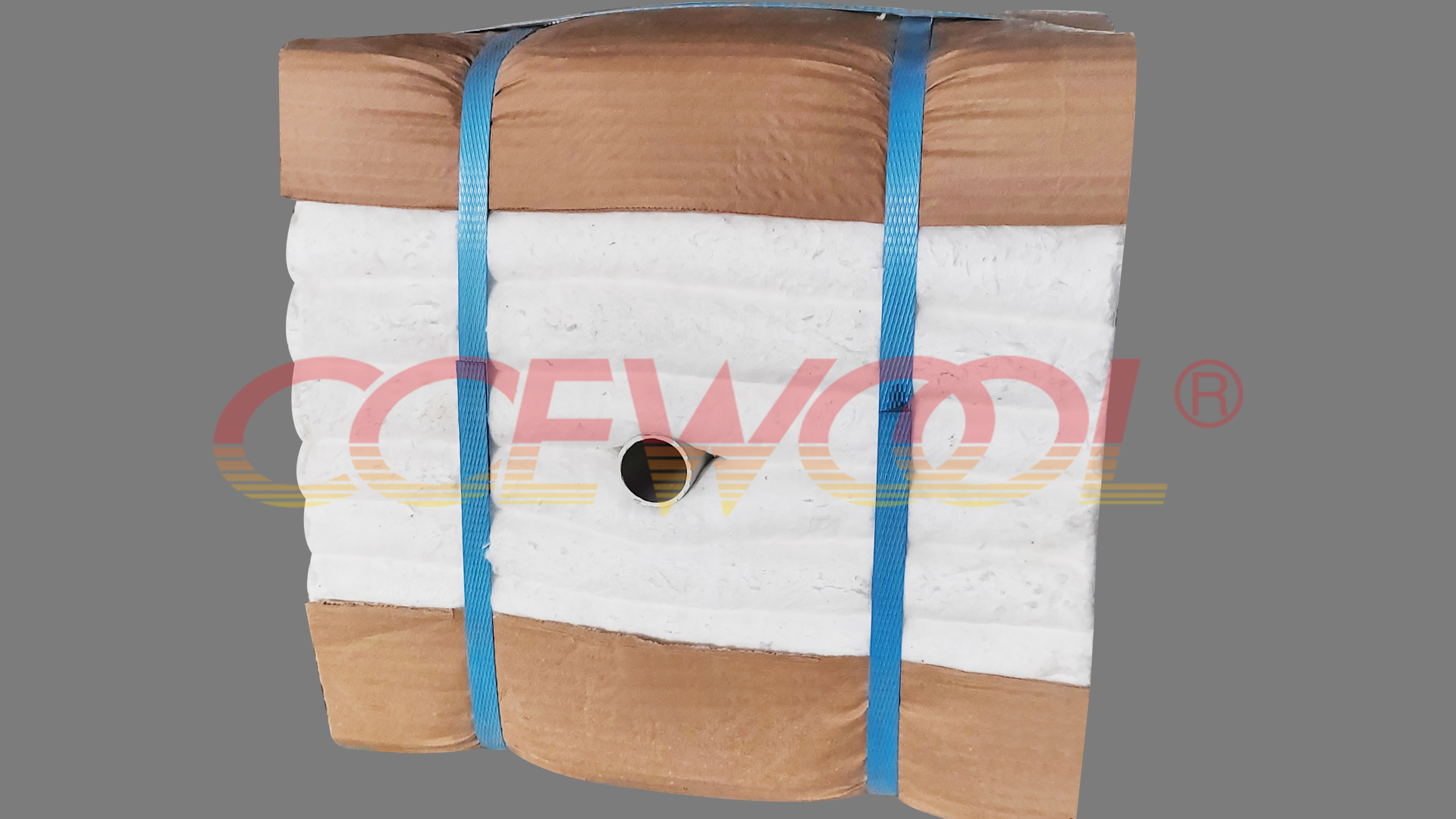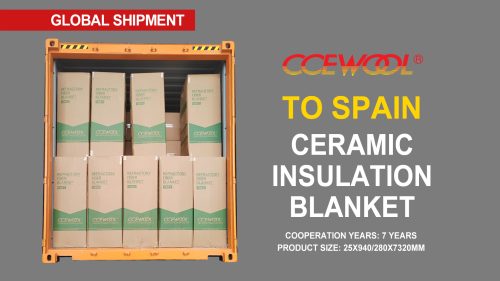What is aluminum silicate fiber module used for?
- 09 Apr, 2025
- Industry

In industrial high-temperature environments, internal equipment temperatures can reach over 1000°C, placing strict demands on insulation materials for heat resistance, thermal stability, and installation efficiency. The aluminum silicate fiber module is specifically designed to meet these requirements. With excellent insulation performance, thermal shock resistance, and modular installation advantages, the aluminum silicate fiber module is now widely used across various high-temperature industries.
What Is an Aluminum Silicate Fiber Module?
An aluminum silicate fiber module is a pre-formed block made from high-purity ceramic fiber (aluminum silicate). It is created by compressing, folding, and shaping ceramic fiber blankets into modular units. Its key advantages include:
High-temperature resistance: Continuous operation at 1260°C to 1430°C
Excellent elasticity: Expands after installation to fill gaps tightly
Low thermal conductivity: Minimizes heat loss, improves energy efficiency
Quick installation: Modular design allows for easy and fast setup or replacement
Typical Applications of Aluminum Silicate Fiber Modules
Metallurgical Industry
Used in furnace linings for reheating furnaces, annealing furnaces, ladle covers, etc., where frequent thermal cycling demands superior stability over traditional refractory bricks.
Petrochemical Industry
Ideal for lining high-temperature equipment like cracking furnaces and hydrogenation units, offering corrosion resistance and enhanced thermal efficiency.
Ceramics and Glass Industry
Applied in shuttle kilns, tunnel kilns, and furnace roofs to ensure temperature uniformity and precise control.
Power Generation & Heat Treatment
Used in boilers, combustion chambers, and high-temperature air ducts for lightweight, high-performance insulation.
CCEWOOL® Aluminum silicate fiber modules not only meet the thermal insulation demands of modern industry, but their modular structure, lightweight design, and easy installation also make them the preferred solution in metallurgy, petrochemical, ceramic, and power sectors. Choosing CCEWOOL® means selecting insulation that is efficient, durable, and safe.



